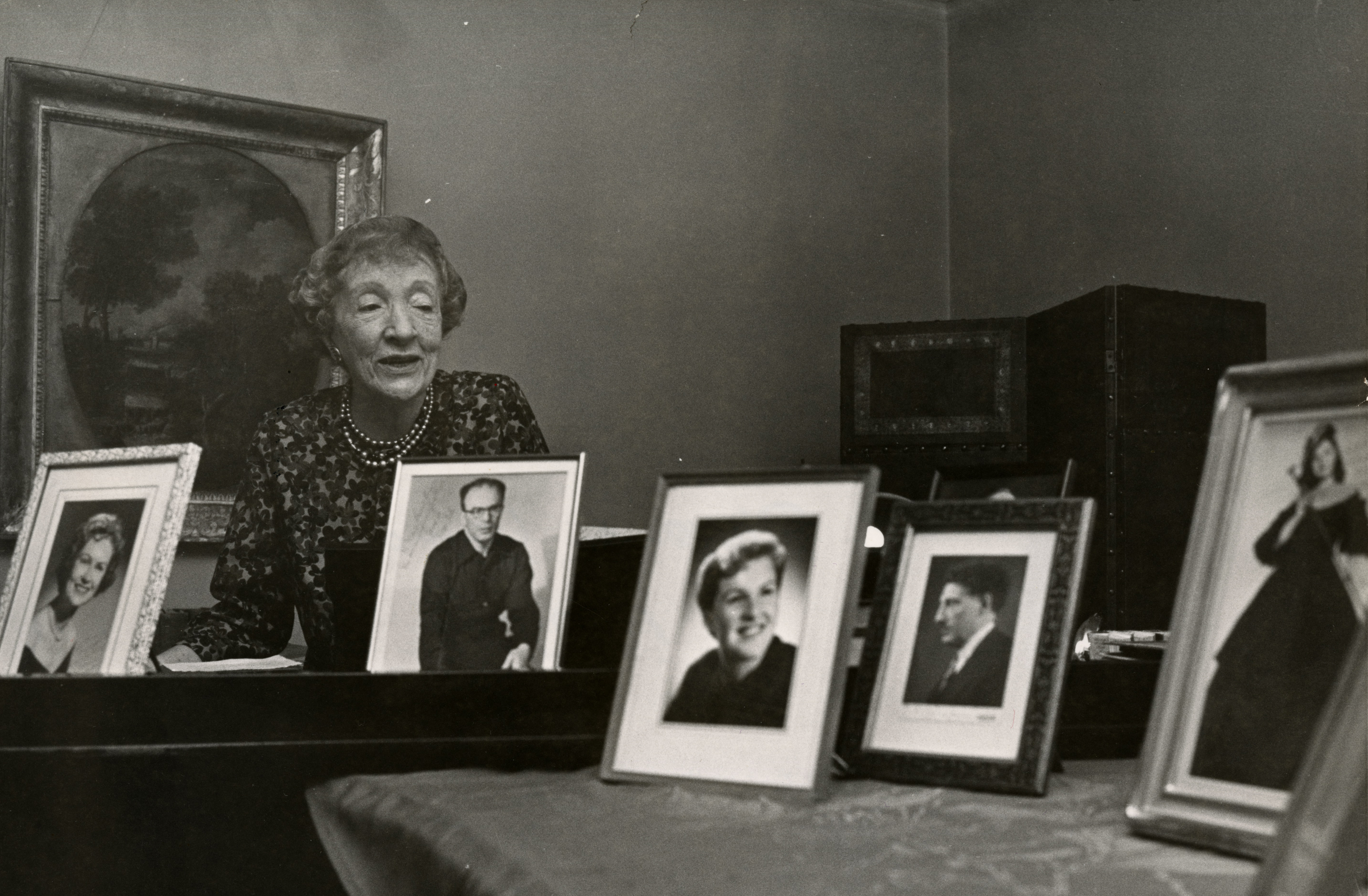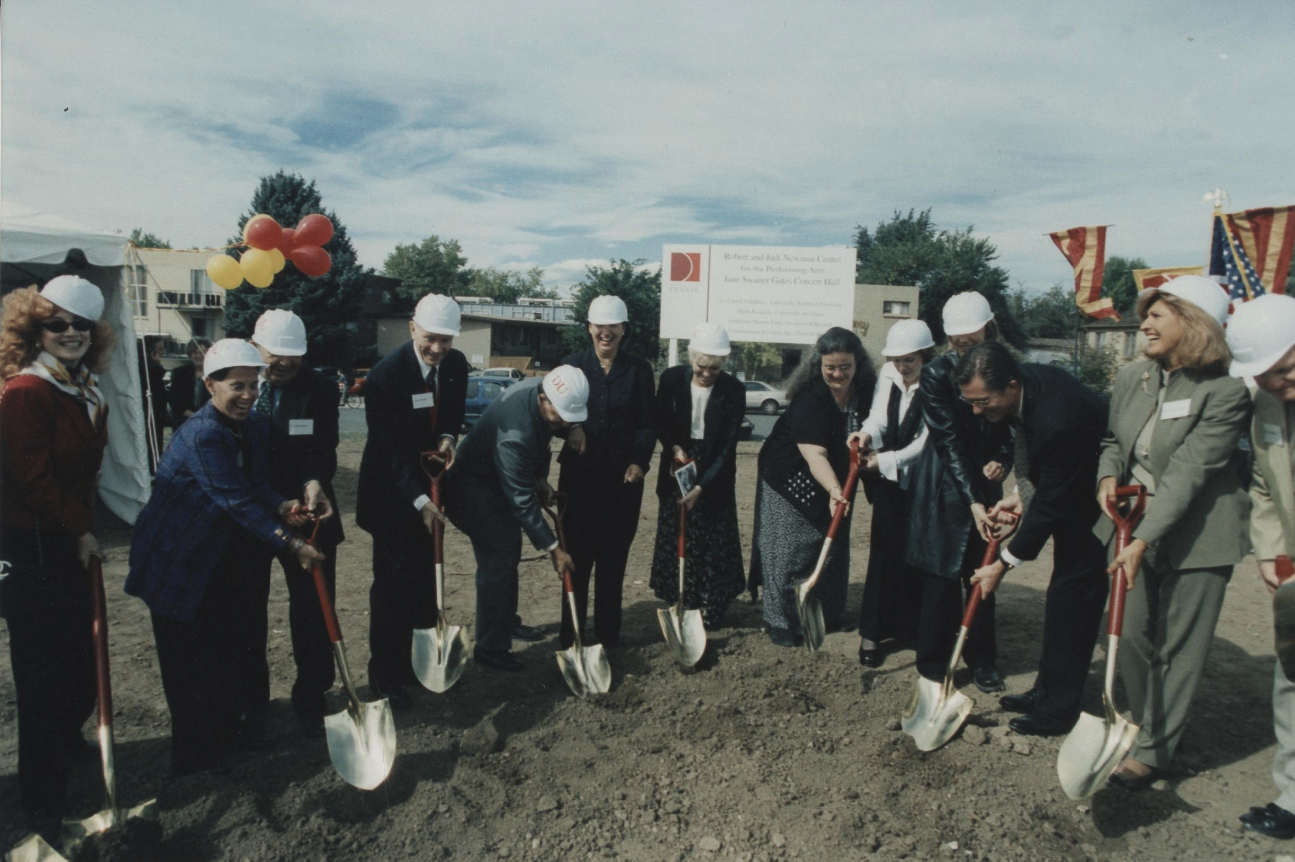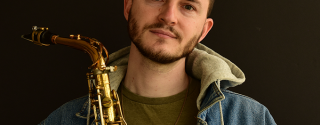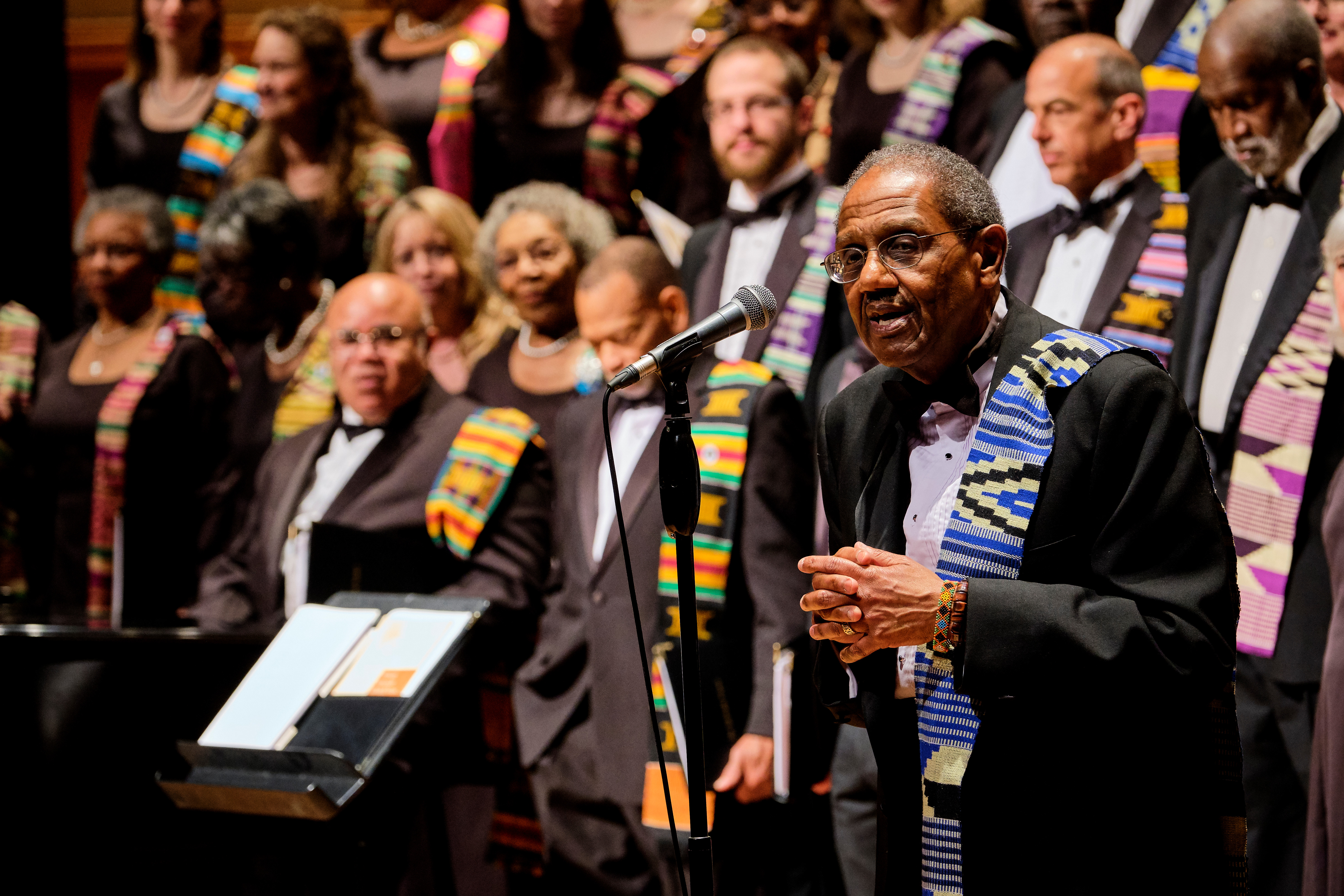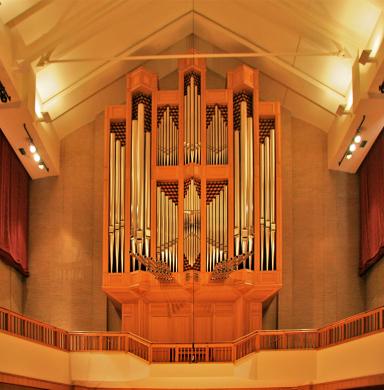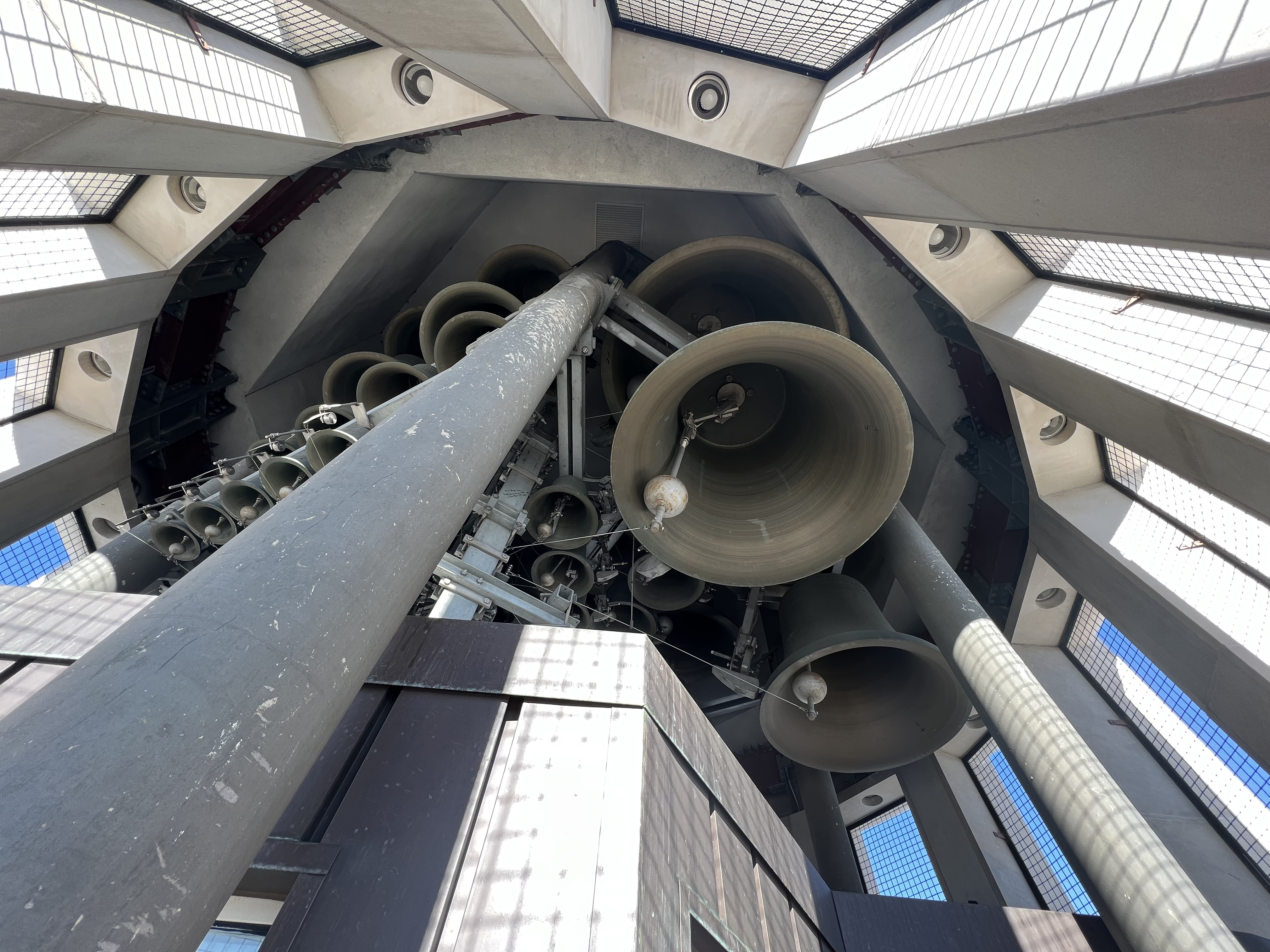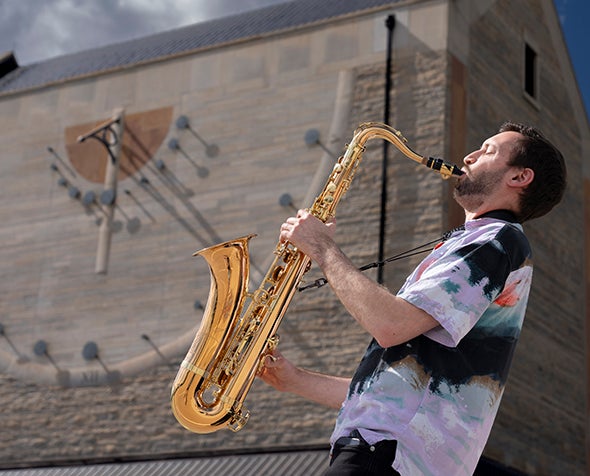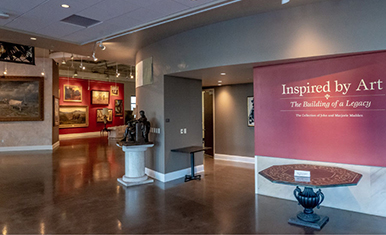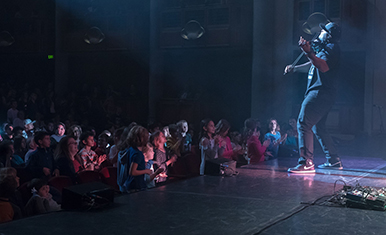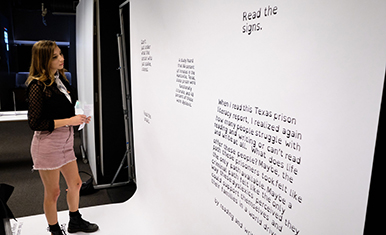Lamont at 100: A Century of Sound
We're celebrating the 100th anniversary of the Lamont School of Music with some fun facts and a look at its impact on the local and global music scene.
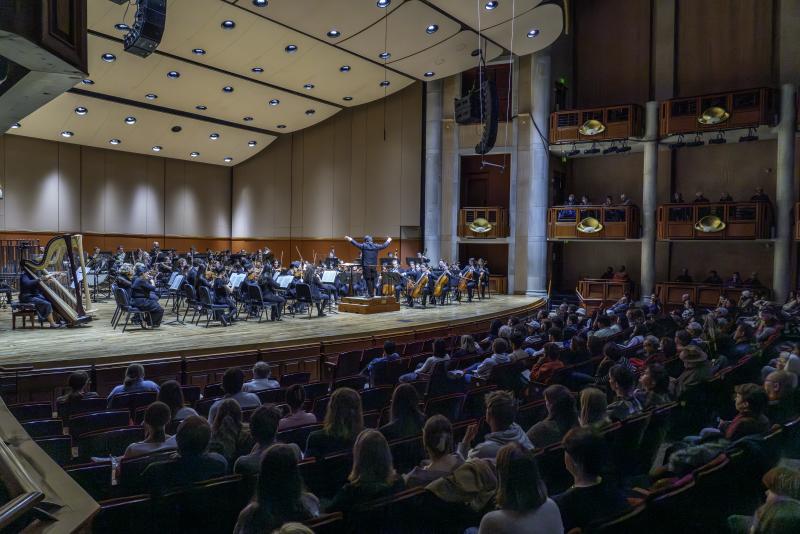
The University of Denver’s Lamont School of Music is known as one of the top music schools in the world, producing award-winning musicians, composers and researchers.
Lamont was founded in 1924 as a private academy by Florence Lamont Hinman, a renowned voice teacher from Michigan. Under her direction, the school flourished, earning state accreditation in 1925 to grant bachelor’s, master’s, and doctoral degrees in music. Originally located at 1170 Sherman St., it merged with the University of Denver in 1941 and moved to the Brown Mansion at 9th and Grant streets. Hinman led the school until her retirement in 1952, after which it relocated twice more under its second director, Roger Dexter Fee.
In 1985, the school moved again to Montview and Quebec, where it continued to expand. Led by its fifth director, F. Joseph Docksey, enrollment grew from 116 music majors in 1988 to 300 by 2007. In 2002, Lamont found its permanent home on the DU campus, becoming part of the new Robert and Judi Newman Center for the Performing Arts. In 2005, Lamont’s excellence was recognized with the Mayor’s Award for Excellence in the Arts, solidifying its position as a cornerstone of Denver’s cultural landscape.
In its ten decades of existence, the Lamont School of Music has grown from a modest conservatory into a school of national prominence. To celebrate this milestone anniversary, Lamont hosted a commemorative concert last November—with performances of works from the era of its founding—and commissioned new works by composers such as composer Sean Friar and jazz studies faculty member Remy Le Boeuf.
Lamont by the numbers
16 Countries
Lamont’s student body is made up of budding performers and music students from 43 states and 16 countries, who have plentiful opportunities to perform not only at Lamont but also at venues across Denver’s vibrant metropolitan arts scene.
300 Performances
Lamont students, faculty and visiting artists put on more than 300 concerts every year. The Newman Center provides state-of-the-art recording facilities, allowing students to gain experience in music production and recording techniques.
The Newman Center has three world-renowned performance spaces: the June Swaner Gates Concert Hall, the Frederic C. Hamilton Family Recital Hall and the Elizabeth Eriksen Byron Theatre.
4 Nominations
Composer, saxophonist and jazz professor Remy Le Boeuf has been nominated for Grammy awards four times. His music is rooted in the jazz tradition and overlaps into contemporary classical and indie-rock realms. Le Boeuf is also the founder and director of the jazz orchestra, Assembly of Shadows, as well as the chief conductor of the Nordkraft Big Band in Denmark. He also co-leads the experimental quintet Le Boeuf Brothers with his identical twin brother Pascal.
6:1 Ratio
The Lamont School of Music has a 6:1 student-to-faculty ratio, providing personalized attention to its students. They also limit enrollment to just 300 students and offer 25 large and small ensembles, catering to a variety of musical interests.
18th Century
The Spirituals Project is a community organization dedicated to preserving and revitalizing spirituals sung by enslaved Africans in America in the 18th and 19th centuries. Its choir has performed far and wide, including at a national conference on spirituals in 2013 as well as at a historic 2009 concert at Denver’s Ellie Caulkins Opera House in honor of Dr. Martin Luther King Jr.’s 80th birthday.
26,000 Scores
Lamont’s music library collection includes more than 26,000 music scores, 18,000 books on music, 17,000 audio and video recordings and extensive online subscriptions. It is the only academic library that circulates a theremin—a unique instrument played only by making hand movements that don’t actually touch the instrument.
2 Inches
The Newman Center is made up of six individual buildings, each separated from the others by a two-inch gap that ensures acoustic isolation. The Center also incorporates classic materials such as limestone, travertine marble and sandstone, and is modeled after European concert halls.
15 Years Old
Wagnerian soprano opera singer and assistant professor Heidi Melton was 15 when she took her first singing lesson. “After the first lesson,” she recalled, “I knew I was doing this for the rest of my life.” In 2013, Melton won a Grammy for her part in the Metropolitan Opera’s production of the "Ring" cycle, directed by Robert Lepage. “I’m one of the luckiest people I know,” she reflected. “I’ve sung everywhere I’ve wanted to sing, with every orchestra I’ve wanted to.”
104 Steinways
The school is designated as an All-Steinway School and is home to 104 Steinway pianos—plus a specialized piano technician. Steinway & Sons pianos, founded in 1853 in New York City, are the number-one selling piano brand in the United States. Several well-known musicians like Sergei Rachmaninoff, Billy Joel and Lang Lang are official Steinway artists. “If I am to play my best, there is no way but Steinway,” Lang Lang has famously said.
3,000 Pipes
Lamont is home to a freestanding 56-rank, 3,000-pipe Schuke Orgelbau Berlin organ. This instrument was built in Germany and now sits as the centerpiece of Hamilton Recital Hall, the space for which it was specifically constructed.
75 Years
Music theory professors Kristin Taavola, Mitchell Ohriner and Chappell Kingsland have more than 75 years combined experience between the three of them. Lamont’s music theory graduates go on to careers in music education, performance, composition, arrangement and arts direction or administration.
65 Bells
DU’s 65-bell carillon is one of just 180 carillons in the United States. DU carillonist Joey Brink—who takes song requests ranging from jazz and classical to Taylor Swift—has played on more than 100 of the giant instruments across the globe.
For more information about how DU is celebrating 100 years of Lamont, visit the 100-Year Celebration website.
